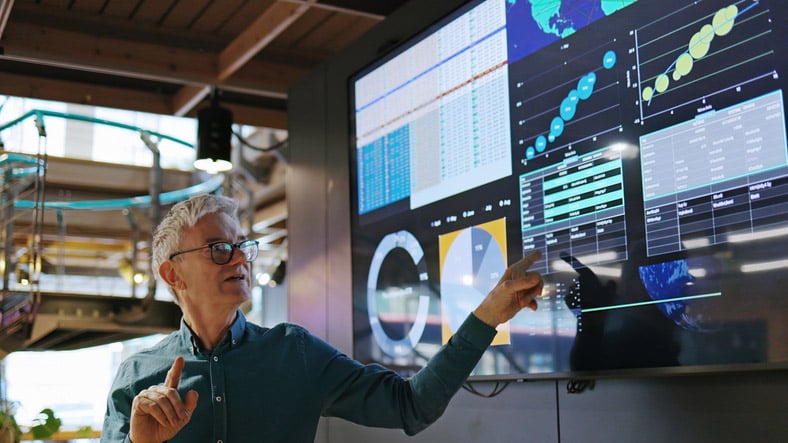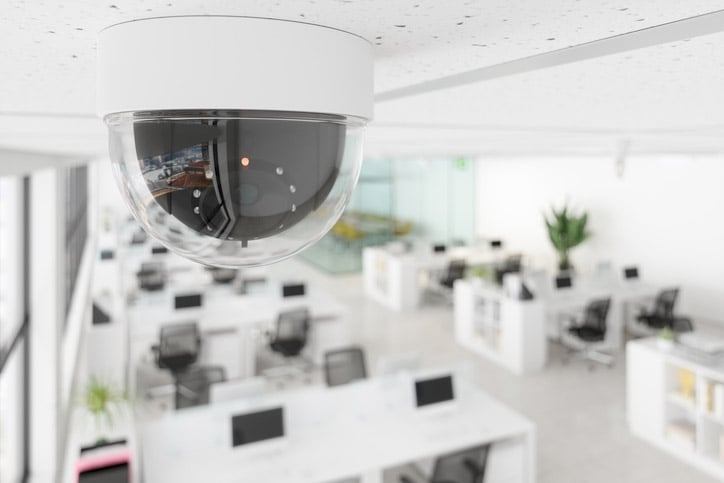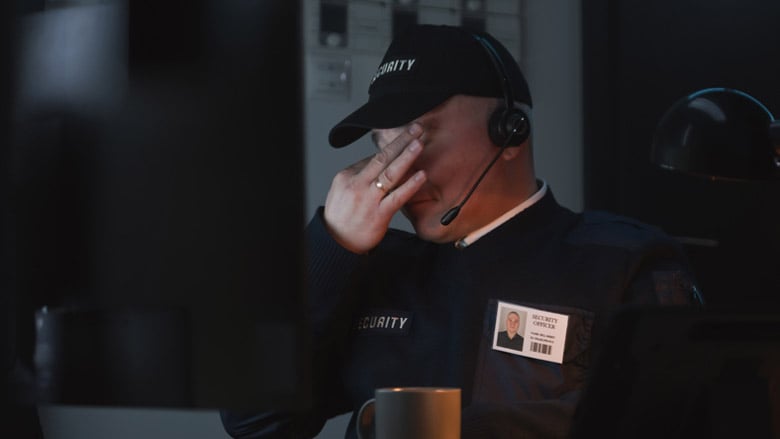Why Security Professionals Must Evolve with the Threat Environment
Introduction
The role of security professionals in Australia has never been more important — or more complex. Not long ago, the expectations placed on security officers were centred on “observe and report” duties, supported by customer service and community engagement. These skills remain valuable, but they no longer define the role.
Today’s reality is that security personnel are operating in an environment marked by rising occupational violence and aggression, international tensions, politically and religiously motivated attacks, and an increasing number of violent incidents in public places. From hostile protests and politically charged demonstrations to targeted attacks using knives, machetes, vehicles, or improvised weapons, the risk environment has changed — and so too must the approach to security.
Security professionals are no longer just witnesses to events. They are increasingly the first responders — and in many cases the only responders — positioned to prevent harm, protect property, and safeguard lives. Meeting these demands requires more than vigilance: it requires capability, confidence, and a proactive operational mindset.
That is where the 5D’s of modern security come in. Built on the principles of deter, detect, deny, delay, and defend, this framework equips security professionals with the strategies and skills to manage contemporary threats effectively. By adopting this mindset — and by committing to continuous upskilling — security officers can rise to the challenge of protecting both people and assets in a rapidly evolving threat environment.
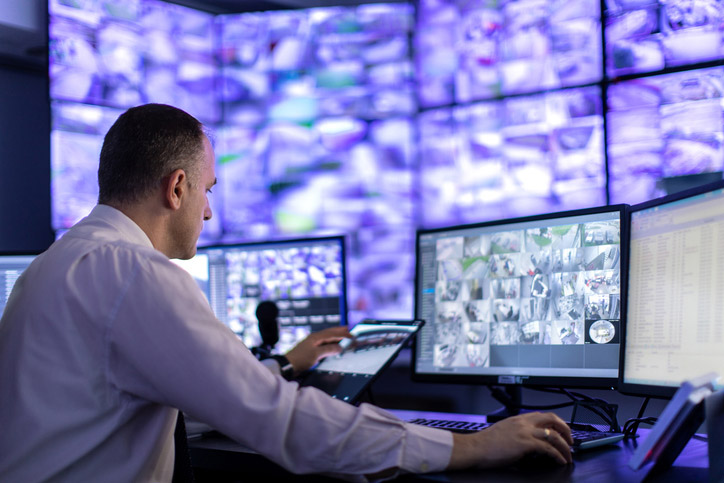
The Changing Threat Environment
Australia is not immune to the global rise in violence, extremism, and disruption. Recent years have seen an increase in:
- Politically and religiously motivated attacks, including both targeted violence and broader acts of intimidation.
- Knife and machete incidents, often sudden and unpredictable, placing frontline workers and the public at direct risk.
- Malicious property damage, including arson, where perpetrators seek to create fear and economic loss.
- Non-peaceful protests, where agitators deliberately provoke conflict to gain attention or escalate tensions.
- Terrorism-related threats, including the potential use of vehicles, explosives, and improvised weapons against crowded places.
These are not isolated events. They represent a broader environment in which violence and conflict have become regular features of community life. For security professionals, this means being prepared not just to observe and report but to act decisively to protect others.
Another factor shaping the landscape is the allocation of police resources. While law enforcement remains central to community safety, priorities such as responding to domestic violence and serious crime mean police cannot always be present at every protest, crowded place, or high-risk site. Increasingly, it is security officers who are standing in the gap — expected to deter incidents, detect early warning signs, and, when necessary, respond in real time.
This reality makes it clear: security personnel are not secondary responders. They are frontline professionals whose training, decision-making, and actions often determine outcomes long before police or emergency services arrive.
The 5D’s: A Proven Strategy Across Security Domains
The 5D’s have long been a recognised strategy in physical security, guiding how facilities and assets are protected through layered defences. In recent years, the same principles have been adapted in cyber security, where deterring, detecting, and delaying threats are essential to protecting networks and data. Just as importantly, these principles apply directly to operational security — the frontline responsibilities of today’s security professionals. By using the 5D’s as a framework, officers can bring structure and confidence to real-world risk situations.
The 5D’s of Modern Operational Security
To meet the demands of today’s threat environment, security professionals need a framework that goes beyond vigilance. The 5D’s — deter, detect, deny, delay, and defend — provide a proactive approach to operational security that can be applied across a wide range of situations.

Deter
True effectiveness in security is measured by the incidents that don’t occur. Deterrence comes from visibility, professionalism, and presence. Security officers who are well-presented, confident in their role, and actively engaged with their surroundings send a clear message that hostile behaviour will not go unnoticed or unchecked.
Training in communication and conflict management strengthens this effect. A professional interaction at the right time can prevent escalation, whether it’s calming tensions at a protest, de-escalating aggression at a licensed venue, or setting the tone of authority in a retail environment.

Detect
Early detection is the key to prevention. This requires more than just watching — it demands situational awareness and the ability to recognise behavioural cues that may signal a threat.
Security professionals must be trained to identify indicators such as suspicious movement, concealed weapons, or individuals exhibiting signs of agitation. Technology plays a supporting role — surveillance systems, metal detectors, and monitoring tools — but it is the eyes and instincts of skilled personnel that often make the difference.

Deny
When a threat is identified, the priority is to deny access or opportunity. This might mean controlling entry to a venue, refusing access to restricted areas, or physically preventing a hostile individual from advancing further.
Denying a threat requires both physical measures — such as barriers, access control points, and secured perimeters — and procedural skills like crowd management, ID checks, and effective communication. In practice, it is often the combination of these that prevents incidents from progressing.

Delay
Even when denial isn’t fully successful, delaying a threat can make the difference between safety and catastrophe. Security officers can use layered defences — from physical barriers to tactical positioning — to slow down offenders and provide valuable time for reinforcements, whether that’s additional security staff or police.
The ability to delay also relies on clear procedures and calm decision-making under pressure. A trained officer can create time and space that reduces risk to the public while containing an incident.

Defend
Defend Finally, if all other measures fail, security professionals must be prepared to defend. This does not always mean physical intervention — defend can also mean protecting people through evacuation, shielding vulnerable individuals, or activating emergency protocols.
However, there are times when defensive tactics are required. Security officers trained in safe, lawful, and proportionate use of force can intervene effectively to protect lives. This step is not taken lightly, but it is an essential part of the professional role in today’s threat environment.
Together, the 5D’s create a proactive framework: stop incidents before they start, identify risks early, prevent access to opportunities, slow down escalation, and defend when necessary. For security personnel, this is not just theory — it is a daily expectation.
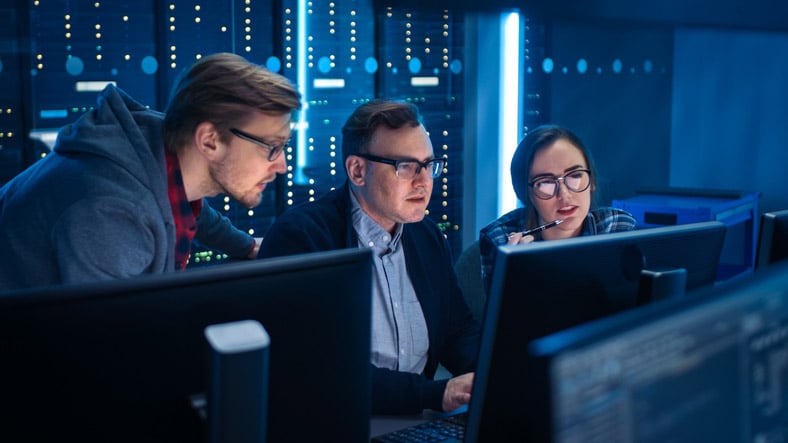
Professionalising the Security Workforce
Security is not just a job — it is a profession that carries significant responsibility for community safety. Across Australia, there is growing recognition that security personnel are part of the frontline, standing alongside police, paramedics, and other emergency responders when incidents occur.
Industry bodies such as the Australian Security Industry Association Limited (ASIAL) are actively campaigning for security officers to be recognised in legislation as frontline workers. This recognition is not just symbolic. It reflects the reality that security personnel are often the first point of contact in emergencies, exposed to violence, aggression, and risk while protecting others.
But recognition cannot be achieved through titles alone. It must be supported by professionalisation: raising standards, enhancing skills, and committing to continuous improvement. When the community sees security officers as trained, capable, and confident professionals, public trust grows — and so too does respect for the industry.
This is why upskilling is essential. The security workforce of today cannot rely on the training or expectations of the past. Modern threats demand modern capabilities. Professionalisation ensures that security personnel are not only present but effective, equipped to deter, detect, deny, delay, and defend in real-world situations.
Upskilling also strengthens community relationships. A security officer who can confidently de-escalate conflict, communicate with diverse groups, and respond to emergencies demonstrates professionalism that goes far beyond “observe and report.” These are the officers who build trust with businesses, event organisers, and the public — and who elevate the reputation of the entire industry.
In short, professionalisation is both a collective responsibility and an individual opportunity. Each security officer who invests in their own skills contributes to a stronger, more respected, and more capable industry.

Training and Skills Development
The pathway to professionalisation begins with training. For new entrants and experienced security personnel alike, the focus should not only be on meeting minimum compliance but on developing the skills needed to operate confidently in a modern threat environment.
Traineeships in Certificate III in Security Operations are an important starting point. Delivered in partnership with employers, these traineeships combine classroom learning with on-the-job experience. They give security personnel more than a licence — they build operational readiness, resilience, and practical capability.
For those already in the industry, refresher training should be more than a box-ticking exercise. The most effective refresher programs focus on advanced conflict management, situational awareness, and decision-making under pressure. This kind of training ensures that security officers remain sharp, adaptable, and prepared for the unexpected.
At higher levels, the Diploma of Operational Safety provides a pathway for supervisors and emerging leaders. This qualification develops advanced skills in managing occupational violence and aggression, instructing defensive tactics, and protecting vulnerable people. It represents the next step for those who want to lead teams, shape strategies, and take on greater responsibility within the industry.
Beyond specific qualifications, there is also a need for broad skills development. Communication, cultural awareness, digital literacy, and resilience training all play an important role in preparing security professionals for the realities of the job. Security is about people as much as it is about physical protection — and professionals who can connect with diverse communities are better equipped to maintain safety and trust.
Training is not a one-off event. It is a process of continuous improvement that reflects the evolving nature of threats. Just as criminals, agitators, and extremists adapt their methods, so too must the professionals tasked with stopping them.
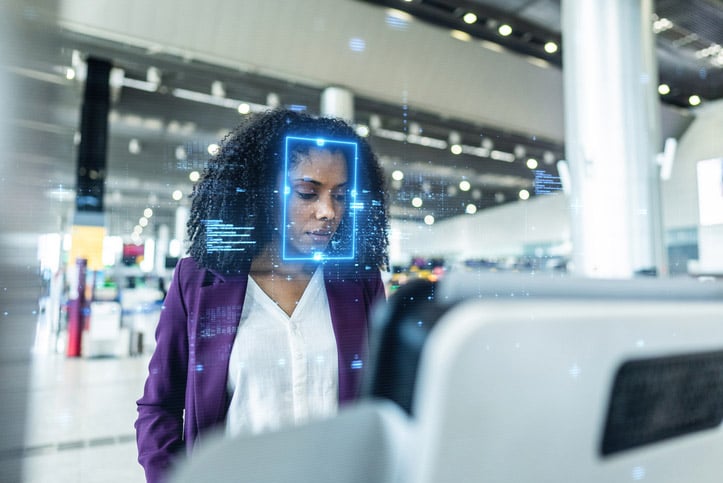
The Future of Security: A Call to Action
The role of security in Australia is being redefined by today’s realities. Community expectations are higher than ever, and the risks confronting security professionals are more complex and unpredictable. The days when “observe and report” was sufficient are long gone. Today, security personnel are frontline professionals whose actions — or inaction — can determine the safety of entire communities.
The 5D’s framework provides a clear and practical approach for meeting these challenges, but it only works when combined with the skills, judgement, and professionalism of well-trained officers. Security professionals who invest in their development are not only protecting themselves and their employers — they are protecting the public, building community trust, and raising the standing of the entire industry.
Employers also have a role to play. By supporting staff through traineeships, refresher training, and advanced qualifications, businesses demonstrate a commitment to both safety and professionalism. Well-trained officers are more effective, more confident, and more capable of protecting assets and people in an increasingly hostile environment.
Conclusion
Security today is not what it was a generation ago. The role has evolved from passive observation to active protection — and with it, the skills and expectations of security personnel must evolve too. The rise of occupational violence, politically motivated unrest, and terrorism-related threats highlights one simple truth: security officers are Australia’s frontline defenders.
By embracing the 5D’s and committing to continuous upskilling, security professionals can meet these challenges head-on. Recognition as frontline workers will follow not from titles, but from the professionalism and effectiveness demonstrated every day on the job.
At Asset College, we are committed to supporting this journey. With pathways from entry-level traineeships to advanced qualifications such as the Diploma of Operational Safety, our programs are designed to equip security professionals with the skills they need to protect communities and build careers.
Security is more than a job. It is a profession, a responsibility, and an opportunity to make a difference. The future of the industry — and the safety of our communities — depends on the professionalism of the people who stand on the frontline.
Technology for Security Guards
Security guards have always been at the forefront of ensuring safety and protection across various sectors.

